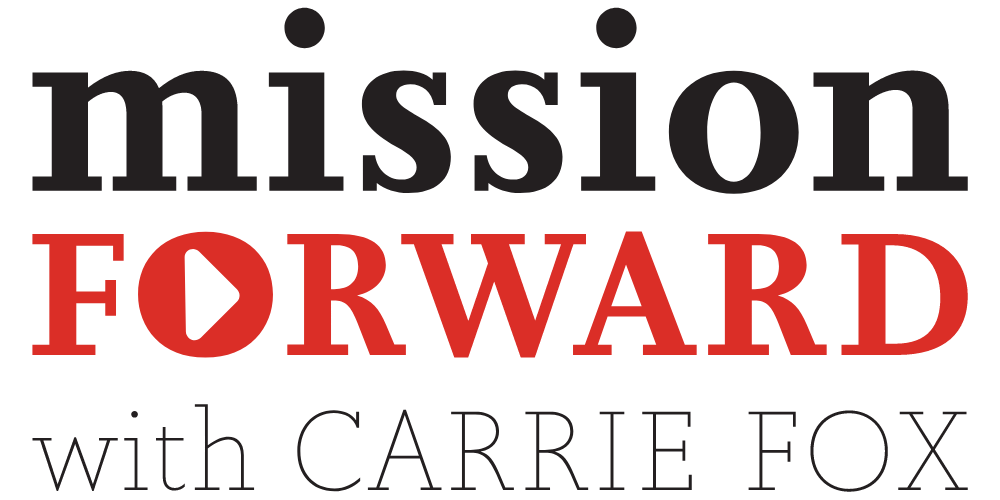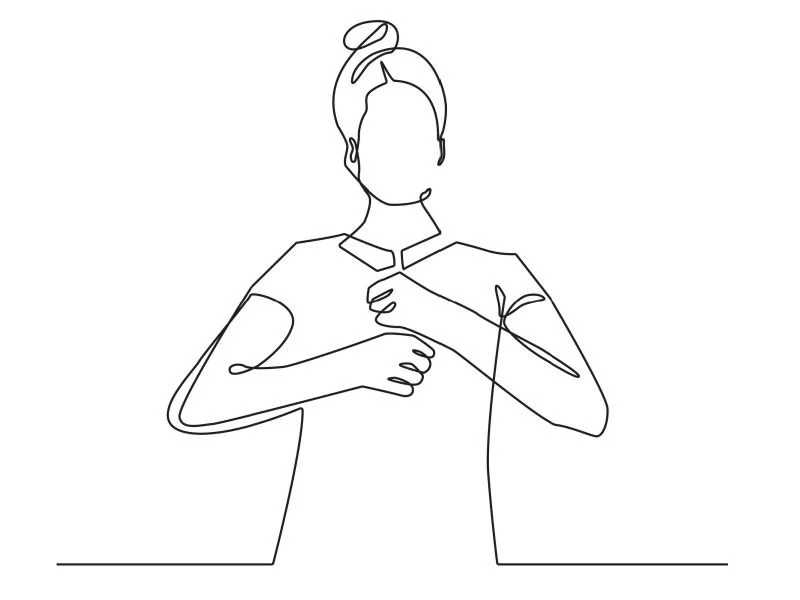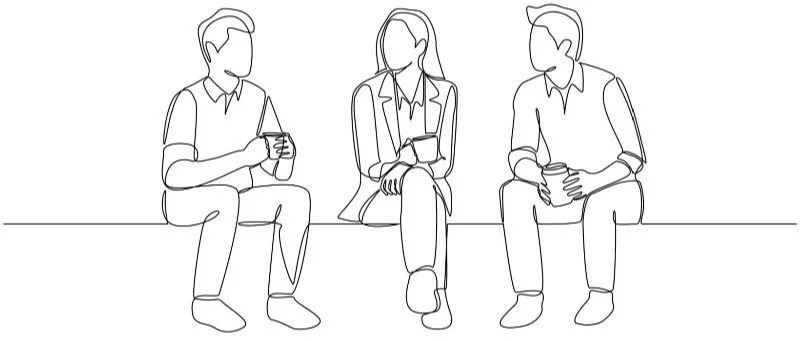All Access.
This article is part of Finding the Words, a newsletter that delivers practical insights on the day’s issues.
Last November, Apple released a short film titled “The Greatest," which follows seven people throughout what is considered an average day for each of them.
A set of average days but hardly an average ad.
“The Greatest" highlights the stories of an all-disabled cast, representing the authentic experiences of each cast member as they engage in various daily tasks, showcasing how Apple's suite of accessibility tools enables them to, as Forbes writes “navigate a world that wasn't designed with their needs in mind.”
From an influencer to a pianist, a veterinarian to a high school student, a mom, and a music producer, the diverse range of personalities represented in the film deliver a story that is upbeat, positive, joyful to watch, and most importantly, real.
The ad caught my eye after I heard it won as a top campaign of 2022 by AdWeek. It’s kept my attention because of how well it shows what technology can do—particularly showcasing the often-under-recognized features of Apple technology through an even more often under-recognized population on the big screen: people with disabilities.
According to Nielson’s 2021 Ad Intel Report, 26% of Americans are disabled but featured in only 1% of primetime TV ads.
That statistic is striking to me, as it reinforces the power that advertisers hold to mitigate bias and stereotypes. It turns out it’s the same amount of power required to reinforce those biases and stereotypes. It just depends on how that power is used.
So, what if that power was used in the greatest way possible?
What if...what if more advertisers, marketers, and communicators dared to ask what’s possible on camera, as Apple did, while daring to ask what’s possible behind the camera, too?
Unilever, one of the world’s largest advertisers, did ask and found that 73% of people with disabilities feel disenfranchised from the production industry. So, as part of their “Act 2 Unstereotype” initiative, they’ve just launched a new “Believe in Talent” initiative, which requires that at least one person with a disability works on the crew for any production exceeding $100,000, estimated to amount to about 70% of the brand’s ads.
The initiative aims to show the industry that it can be even more successful when differently-abled people are sitting in decision-making seats of power. As Unilever says, this shift can “help influence the next generation of people to be free from prejudice” and “make real, structural changes to the entire marketing process.”
When taken together, meaningful shifts to internal practices (like at Unilever) AND external messages (like the Apple ad) can lead to real and lasting change. There’s no one-and-done strategy to advance a more just and equitable world. Instead, it requires practice—day after day—until these skills begin to feel like average tasks.
Bottom Line: Whether you’re an advertiser, a fundraiser, or a digital strategist, developing inclusive and equitable communications practices requires care, courage, and clarity—none of which can be achieved without some actual and authentic perspective first.
Ready for more? Listen to this article on the Mission Forward podcast.
This post is part of the Finding The Words column, a series published every Wednesday that delivers a dose of communication insights direct to your inbox. If you like what you read, we hope you’ll subscribe to ensure you receive this each week.







